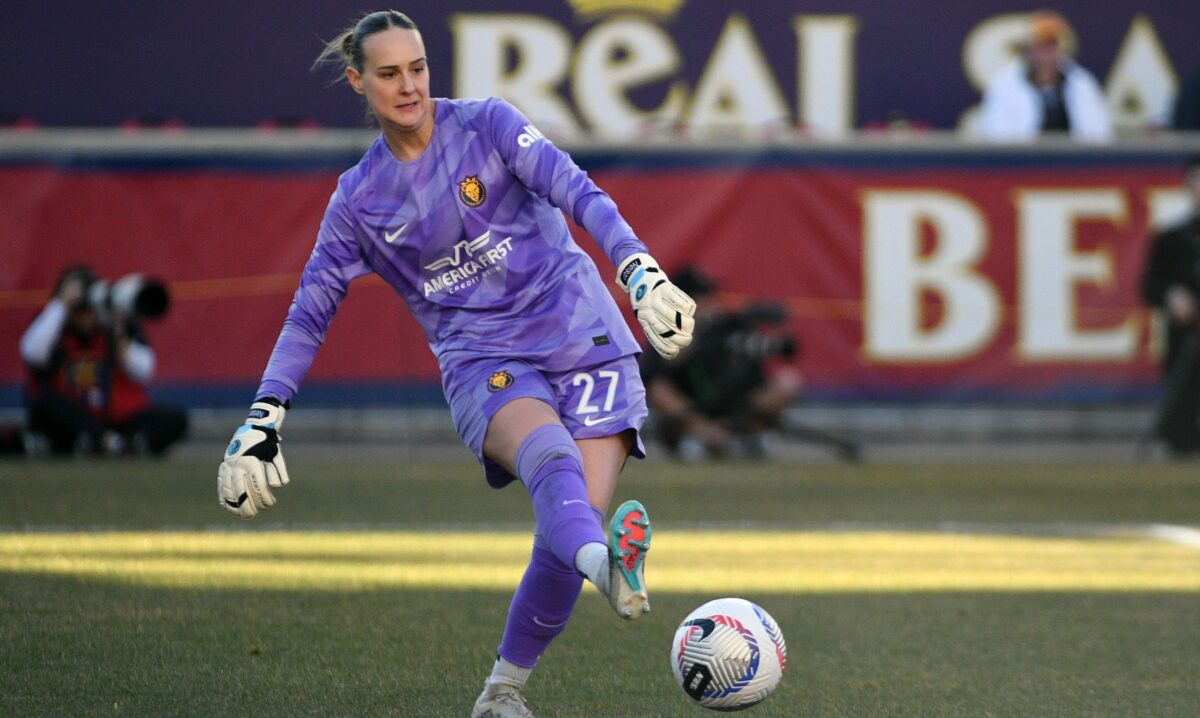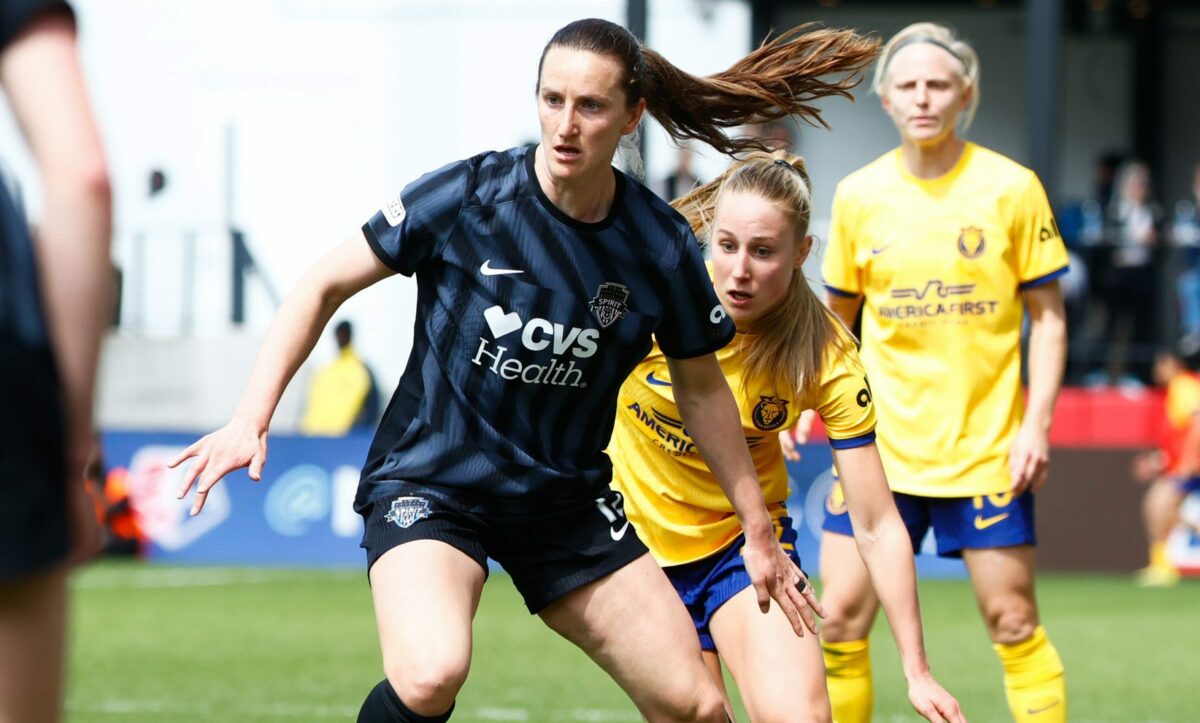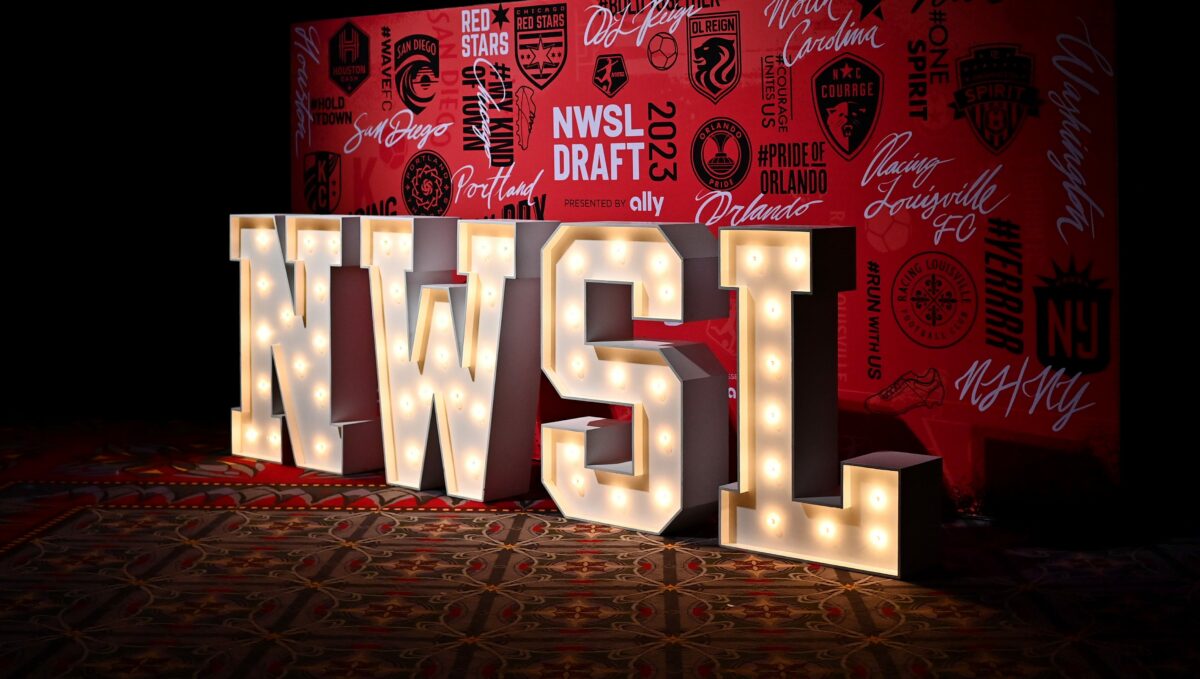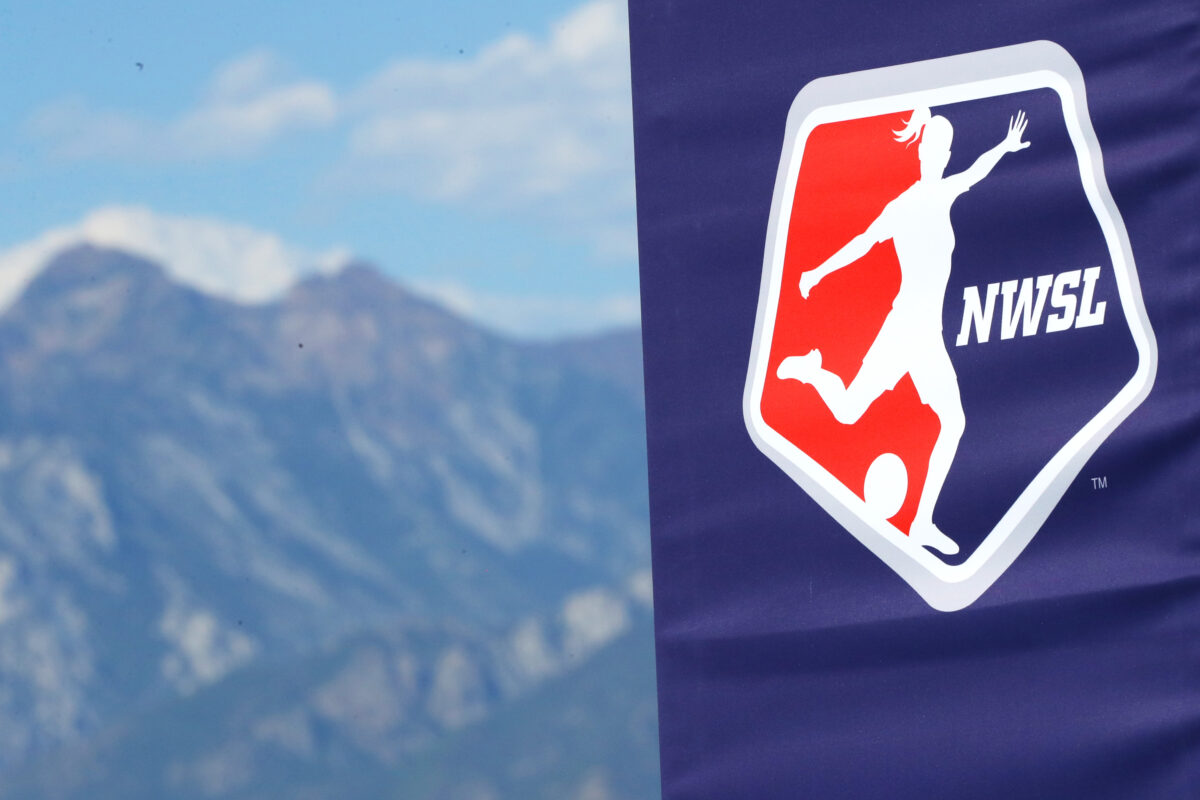NWSL’s next two clubs gained some clarity over some very important future decisions, but only in the least clear way possible.
The league announced Wednesday that the asset selection order for incoming expansion sides Bay FC and the Utah Royals has, per a league press release, been sorted “via a random generator during a meeting involving members of the league and representatives from both teams.”
Here at Pro Soccer Wire, we understand that the rules of U.S.-based soccer leagues are obscured by jargon at the best of times. However, through some hard-won knowledge, we can provide some guidance when the discussion goes away from soccer basics like “it is good to score goals,” and drifts into phrases like “priority in the Discovery Order ranking.”
Here’s your guide to what just happened to the expansion teams.
What does “asset selection order” even mean?
NWSL has many different ways for players to end up on a given team’s roster. The college draft, expansion draft, the waiver wire, the discovery process, the Under-18 Entry Mechanism, the distribution order…it’s a lot. Too much, really.
With two expansion teams coming in at the same time, NWSL had to sort out which of them gets to go first in a given process. You can’t use the standings, like we do normally, when the teams haven’t played any games.
So in this case, NWSL assembled a list of several of its player acquisition processes (namely the college draft, expansion draft, the discovery order ranking, the waiver wire, and the distribution order), randomized which of the expansion teams picked first, and allowed them to draft…their drafts.
That’s not a joke, literally the teams were given the choice to select which mechanism they wanted to have the earlier pick in. Per the league, the Utah Royals were given the first shot at the list, and selected priority in the NWSL draft. Bay FC went next, and this went on until the top spots in the various asset selection methods were all assigned.
That sort of makes sense, but terms like “discovery order,” what do they actually mean?
Let’s go in order of how they were picked by the two expansion teams.
College draft priority: Utah, as of right now, will have the first pick in the 2024 college draft’s first and third rounds, and the second pick in rounds two and four. Bay FC will have the opposite set-up: the second pick in the odd-numbered rounds, and the first pick in the even-numbered rounds.
Whichever team comes in 12th place this season will have the third pick in each round, provided they haven’t already traded their natural picks away. If we go any further on that front, we’re going to be lost down a rabbit hole, so let’s stay focused.
Expansion draft priority: Bay FC will have the first pick in the expansion draft, which will last for 12 rounds. The teams will alternate from there, and both teams will be able to pick up to 12 players.
More info on how this particular expansion draft will work should come at a later date, as each previous version has been conducted under different rules.
Discovery order: Utah has priority here. The discovery order is essentially a list each team keeps of players that aren’t currently in the league, that they would like to sign (certain USWNT players have a different path into the league, we’ll get to that). If two teams both want to sign a given player, their discovery order determines who gets to pursue that player first.
NWSL’s rules are designed for parity and to keep teams from bidding against one another, and this mechanism keeps things orderly. Once a team uses their discovery order priority, they go to the bottom of this particular list.
Distribution order: Bay FC is atop this slightly different list, which is essentially the discovery order, but for USWNT players. What makes things more complicated is that this is a remnant from when U.S. Soccer’s contracts made clear who could be categorized as a USWNT player and who couldn’t. That changed late in 2021, when U.S. Soccer and the NWSL ended the allocation system.
Now, the NWSL competition manual for 2023 says “certain individuals in the USWNT player pool” are eligible for the distribution order. In practical terms, the only players in the current U.S. player pool that are not in NWSL are Lindsey Horan and Catarina Macario, but this can (and almost certainly will) change in the months to come.
Waiver wire: Utah is first on this list, with Bay FC second. The waiver wire is a place for other NWSL teams to claim the rights to a player within the league once their team has relinquished them.
Here’s an example: Team A has Player X on a two-year contract, but after one season decides to let them leave, Player X would go onto the waiver wire, and the priority order would give Utah the first choice on whether to add them or not. If Utah passes, Bay FC would get the next opportunity, and so on down the list. After the expansion teams, the reverse order of the 2023 standings would be used.
Will this ever be more simple?
There’s always a chance, but’s never going to be close to what you would call “simple.”
The NWSL has used the notoriously convoluted MLS rulebook as a sort of jumping-off point in crafting their own methodology. While it’s not the only place they look to for examples of how a league can work, MLS clubs share ownership with three NWSL teams, and it is a pretty successful soccer league in terms of financial viability and sustained growth.
In other words, don’t expect NWSL expansion to feature straightforward rules. It’s always going to be a complicated process, because adding teams to a league involves a lot more than just kits, badges, and 52 more pro women’s soccer jobs.
[lawrence-related id=17681,22174,20975]





